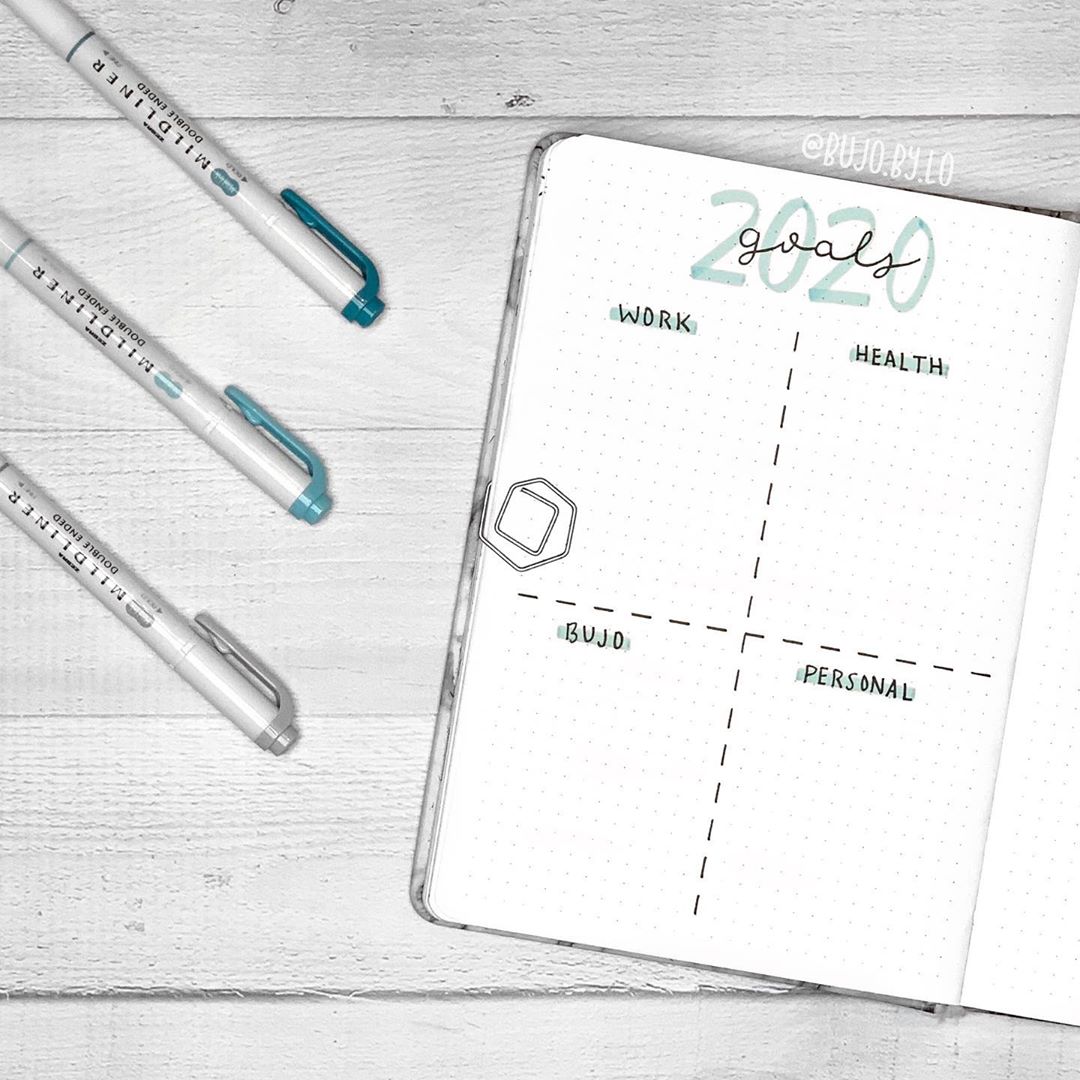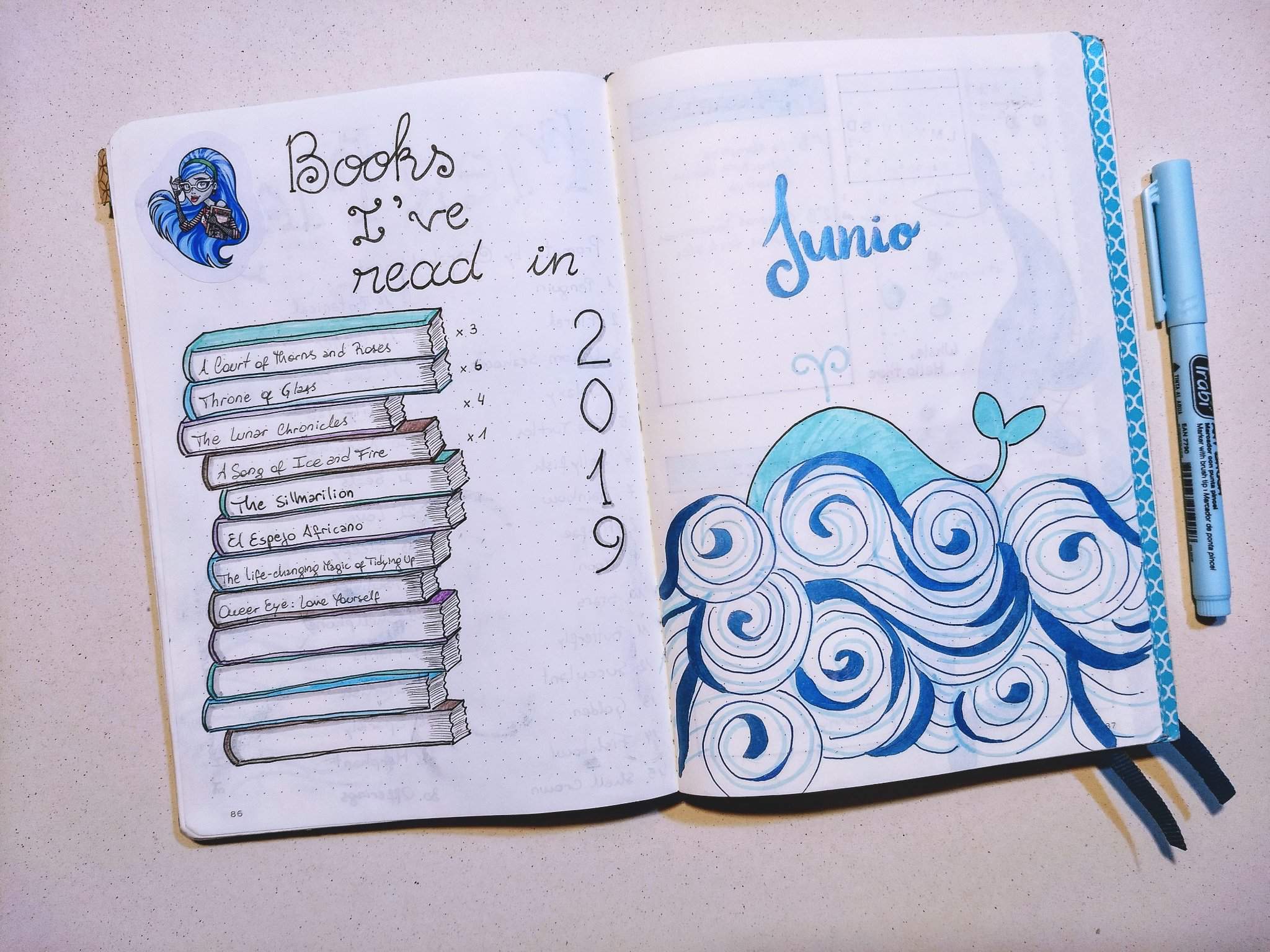
The reason for this being that whilst simply listing all of my thoughts, actions and tasks on a single page allows me to see everything I need to accomplish, it does not help me to work through a similar, related set of tasks in an efficient manner. I have to admit, I have struggled sometimes.

I really try not to move anything back into the forest.How do you use your Bullet Journal to manage complex to do lists?

Sometimes I make a pile too big, and move something from the bonfire back to the burn pile or the woodshed. And sometimes I'll go through the forest and trim the trees, cut off a limb and burn it, or chop it into firewood. Some things get added straight into the burn pile or the bonfire, they don't have to start in the forest. I tend to lose focus, so I just start at the top and work my way down.Įvery week I review the forest and the woodshed as I create a new burn pile. I carry it in my pocket or set it up on my desk so I can see it and it keeps me focused. It can be modified and notes can be added to the back. This is written on a stiff 3x5 card, and consists of the things I am doing today, roughly in the order that I wish to do them. I put appointments and hard deadlines in a different color than my usual black pen.

Maybe I don't know when it needs to get done, but it "feels" more urgent than stuff in the forest. This is where I put stuff that does have deadlines and needs more attention. Career development, or just far out stuff with long or no deadlines. Also helpful for identifying tasks that took several days to complete, while giving an accurate context of what else was happening at the same time. It also made it very easy to flip back through and review everything I worked on over any period of time, which was very helpful when collecting a summary of accomplishments or finding when I last worked on something if I ever needed to. I found it's a really nice way of keeping track of what I worked on each week, and made it very easy to give accurate updates each week when meeting with the boss and rest of the team. If a task isn't completed at the end of the week, I'll mark it with a > in the task list on the right and then add it to next week's list. If I don't get to a task on the day I planned to, I mark its bullet with a > in the day's column, and add a new bullet on the next day I plan to get to it. So if a task ends up spanning multiple days, then in the daily columns it's marked with a / each day I worked on it until it's finally completed with an X. When a task is completed, I mark its bullet with an X in the day's column and in the task list on the right. When I start working on a task, I mark its bullet with a / in the day's column and in the task list on the right.
#WORK BUJO FULL#
I don't always plan the full week in advance, but for tasks that have a fixed date it's definitely helpful to mark them down. To plan my week, I add a standard bujo bullet into the column for the day I intend to do each task, then use a ruler to connect it over to the task's bullet in the list.

To the right of them, I write down my tasks for the week, using standard bujo bullets (and nesting if you need to divide something into sub-tasks) Column headers are the first letter of the day of week: |M|T|W|T|F| On the left side of the page, one column for each day of the week - each column is 1 grid wide and stretches vertically as long as you need it. Page header is dated with the first day of the week. I used to use a weekly spread with a rolling TODO list.


 0 kommentar(er)
0 kommentar(er)
